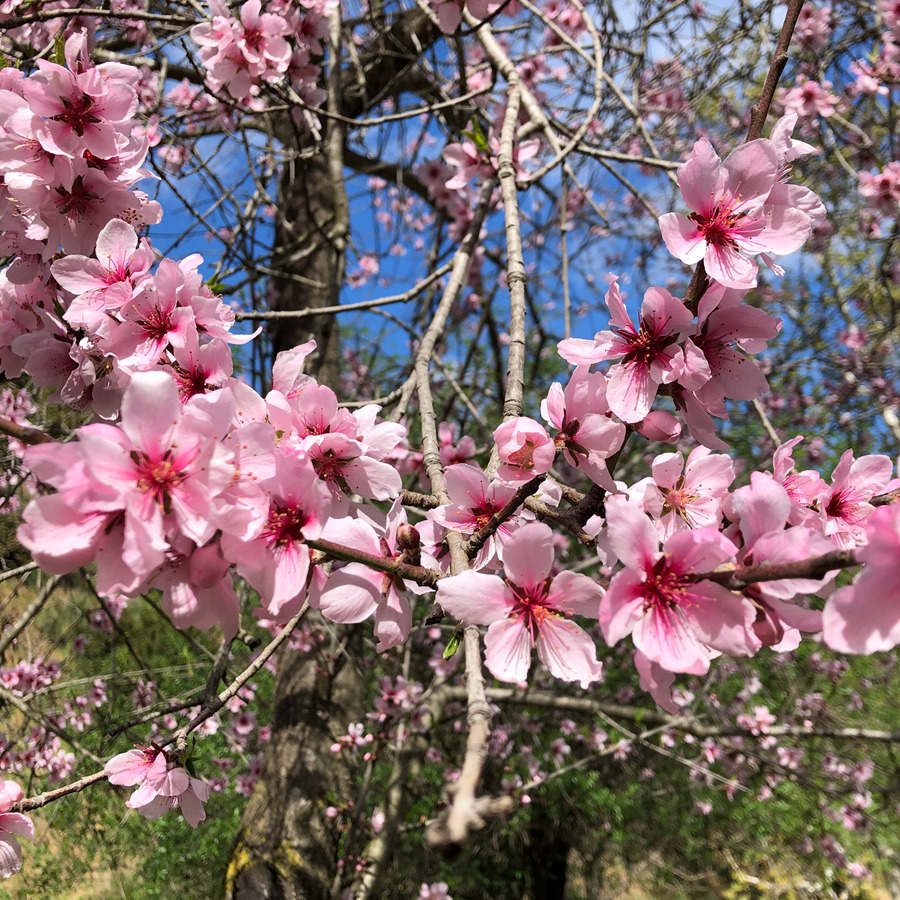
20 years ago, when the Twin Towers fell, many of us experienced some shared moments of suffering – confusion, shock, fear, anger, and grief (the ripples, reactions, and repercussions unfolding from that tragedy we’re globally still grappling with today). You may have organically responded to your own and others’ distress by calling on community, family, or faith. But if you didn’t have a mindfulness practice at the time, it may have taken you a while to even notice the need for care.
However, if you are reading this blog post, sometime in the last 20 years InsightLA has likely been a part of your mindfulness and compassion exploration. You may even have spent some significant time here learning to intentionally track how things are for you (mindfulness) and purposefully respond with care for yourself and others as things arise (compassion). And with the many moments of compounded, multi-faceted, and evolving suffering we’ve witnessed or experienced over the last year and a half, you’ve had almost endless opportunities to put both your mindfulness and compassion understandings and practice into action.
How have you noticed and responded in skillful ways to the more recent challenges? Did you draw on the freedom that comes from learning to simply recognize and name a moment of suffering? Did you cultivate inner resources, calling on a felt-sense of reliable touchpoints of internal strength (such as the fortitude of your ancestors, an image of a guardian redwood tree, or a moment of steadiness or heroism)? When your own tank was running dry did you refuel with love, nature, good food, or friendship? Did you discover that cultivating joy is a deep human responsibility in difficult times so that joy is available for us when things get a little easier (or even when they don’t)?
We’re asking you to remember what’s gotten you through these past moments of stress because – although the events of these particular moments in time will pass – there will be a moment after that…and after that. Maybe checking in with yourself right now – how is it in my thoughts, my body, my heart? And if compassion is needed, awakening some inner strength, self-care, or joy. Feeling into what compassion for “this moment” might look like, if only so it will be available for the next one.
– Angelike Dexter, Nico Cary, & Heidi Shaw
